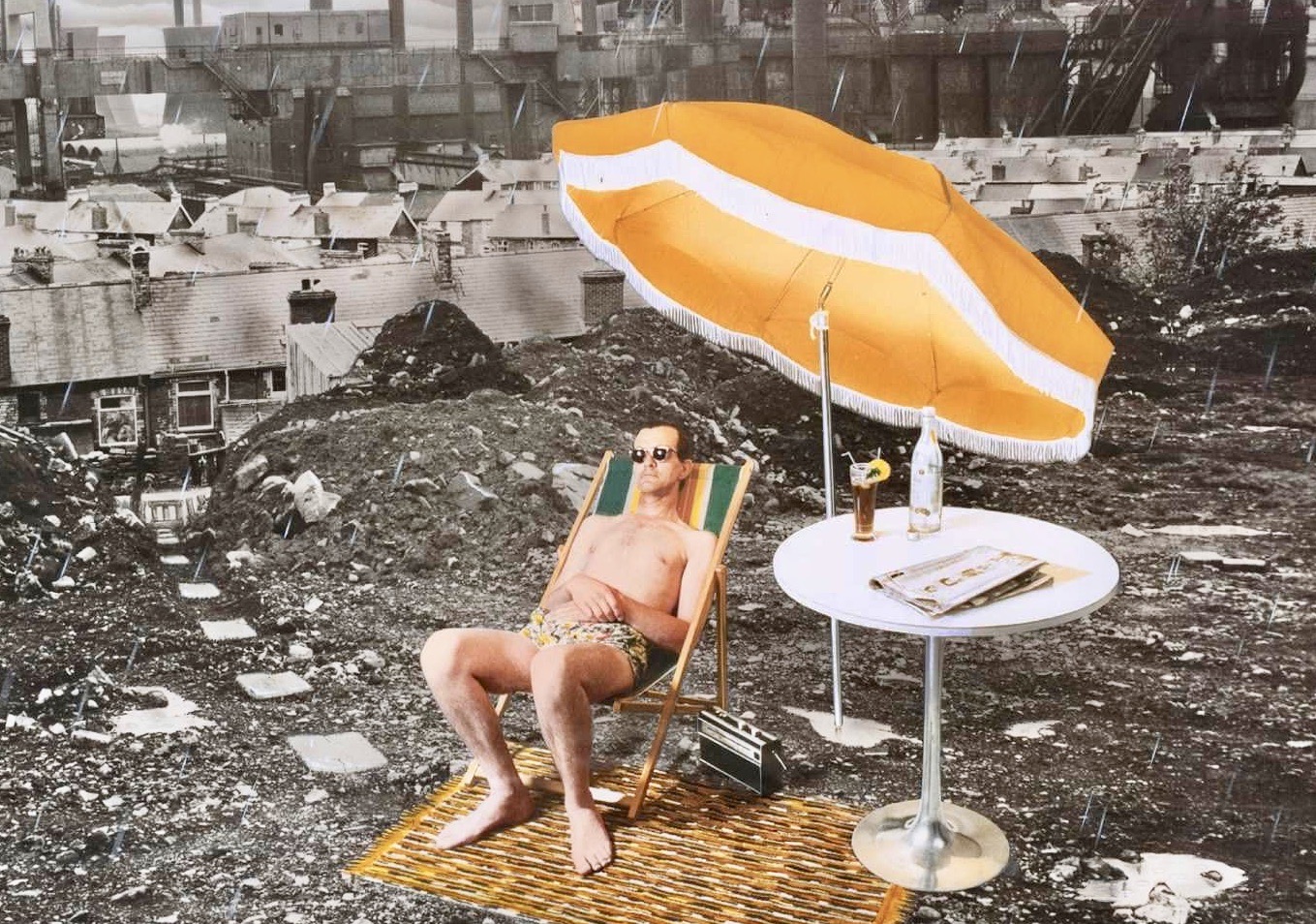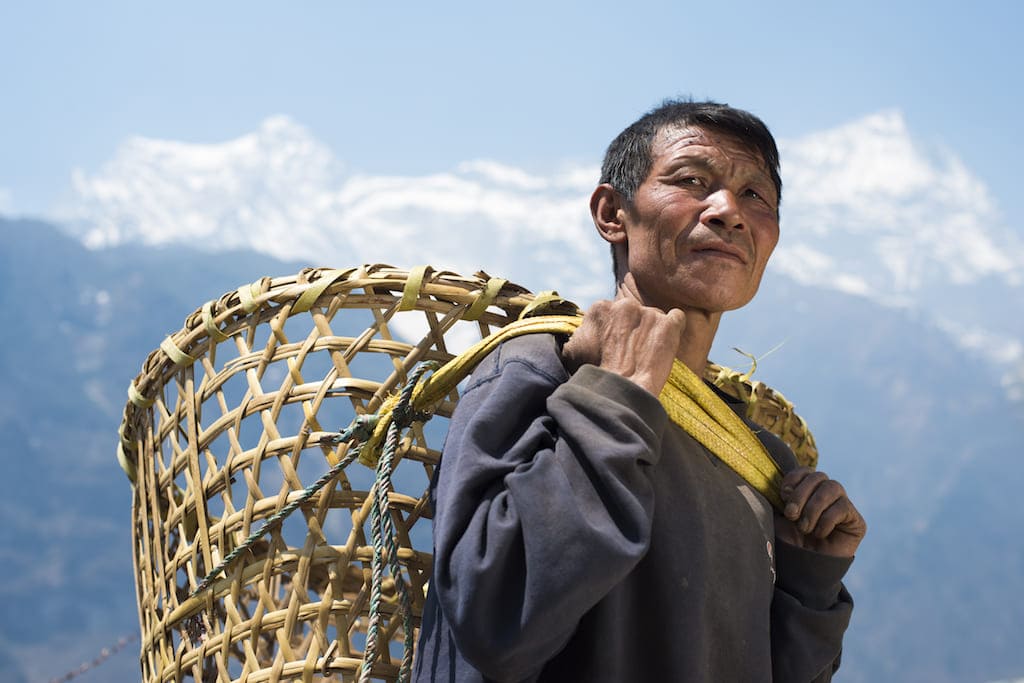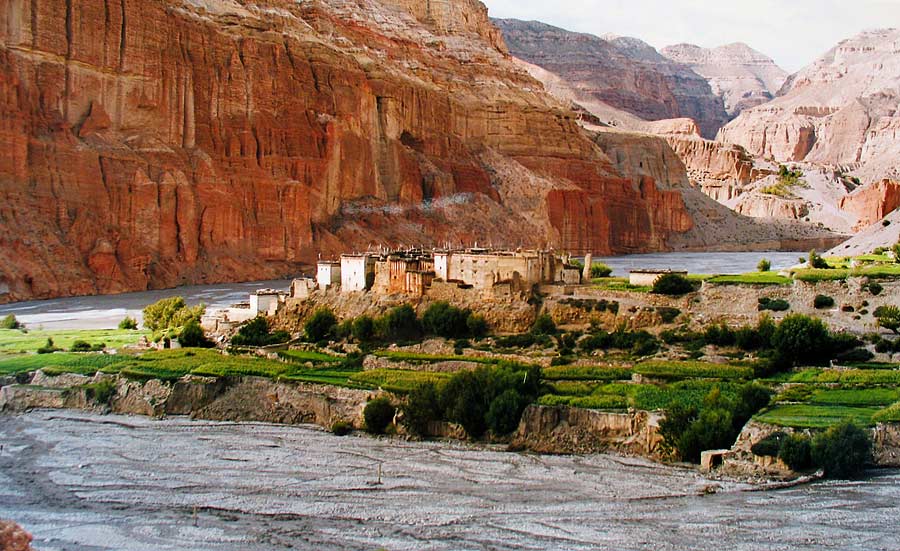You can contact us by e-mail or phone
from uk
01405 862917
outside uk
+44 1405 862917
01405 862917
+44 1405 862917
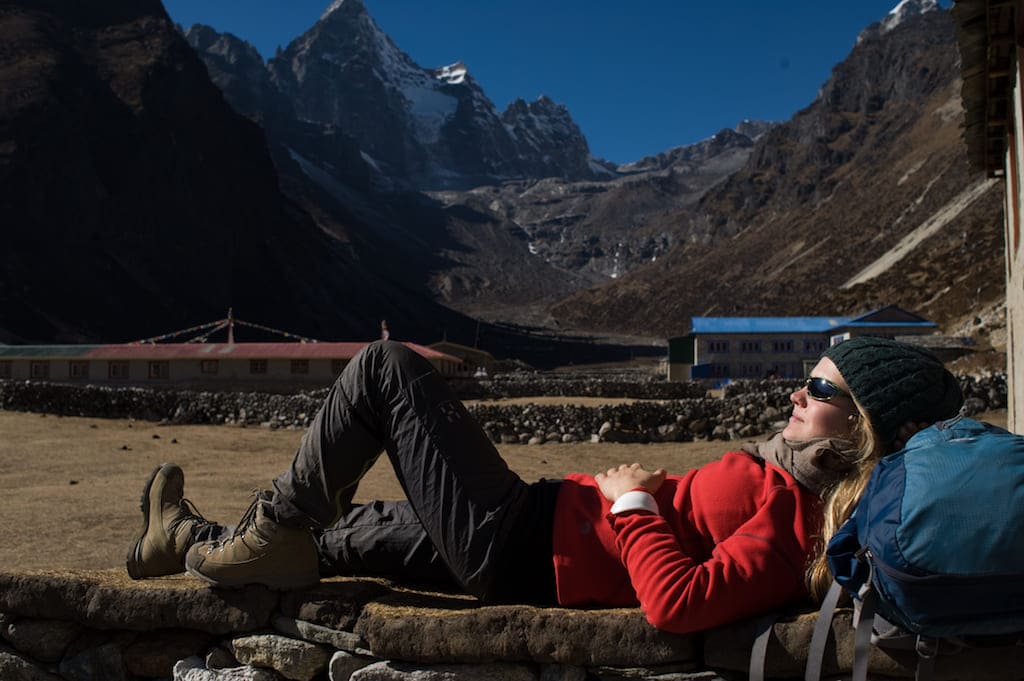
What to wear in Nepal
Snow Cat Travel - A UK registered trade mark
The question of WHAT NOT TO WEAR in Nepal is just as important as what to wear in Nepal.
The Nepalese are still traditional and conservative in the way they dress. Therefore to avoid embarrassment on both sides you should respect this and do not wear revealing clothing or sleeveless tops while visiting Nepal.
This general rule still applies even in 2024, particularly in remote rural areas where the people are very traditional.
In Kathmandu though, it's a little different nowadays. The younger generations in Kathmandu are more likely to be influenced by the same fashion styles as anywhere else in the world. In fact you'll find it a bit of a challenge to come across many people in Kathmandu traditionally dressed, except perhaps at festival time.
If for example you visit a temple or monastery they may well have an a dress code (or at least expectations) that you'll need to observe. Usually this means covering bare legs and shoulders.
In fact to many more traditional Nepali people they find people exposing bare flesh and wearing skimpy outfits rather offensive.
Many people in Nepal still wear conservative, practical clothing
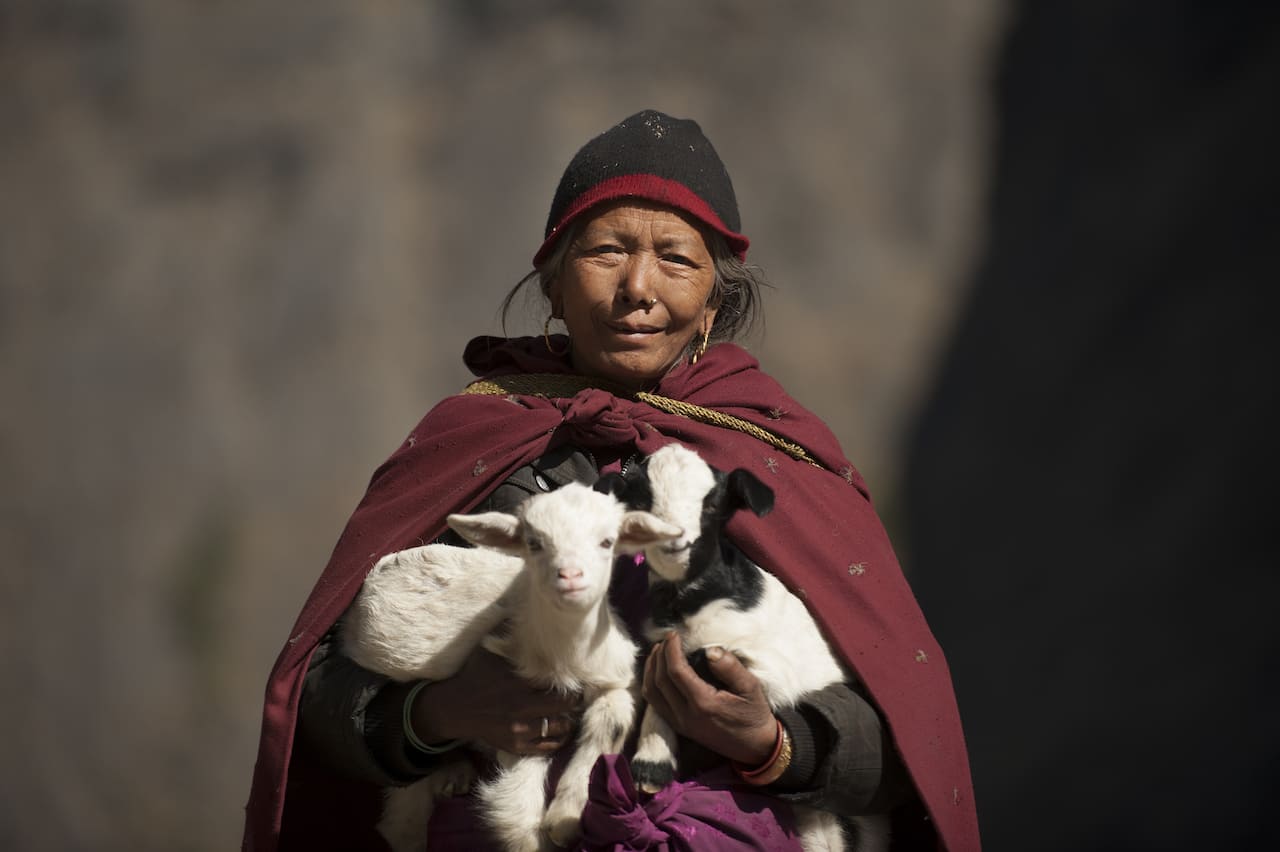
But, just as important when considering what to wear in Nepal is where you are going to be in Nepal, as well as what you're going to be doing.
So, as well as dressing appropriately what you need to wear in Nepal is clothing that is practical too.
A bikini may well be suitable for a Mediterranean beach holiday, but it's not going to be of much use to you if it's -15C at Everest Base Camp!
Even in a more appropriate climate like down in the hot and steamy jungles of Chitwan where it can be over 40C in the day time and still very warm at night a bikini isn't a good idea (excerpt by the pool) as the local Tharu tribe people are going to be very offended if you walk around their village dressed like that. But, the local mosquito population will certainly find all that exposed flesh of great interest!
At Everest Base Camp being dressed like a fashion model isn't a good idea
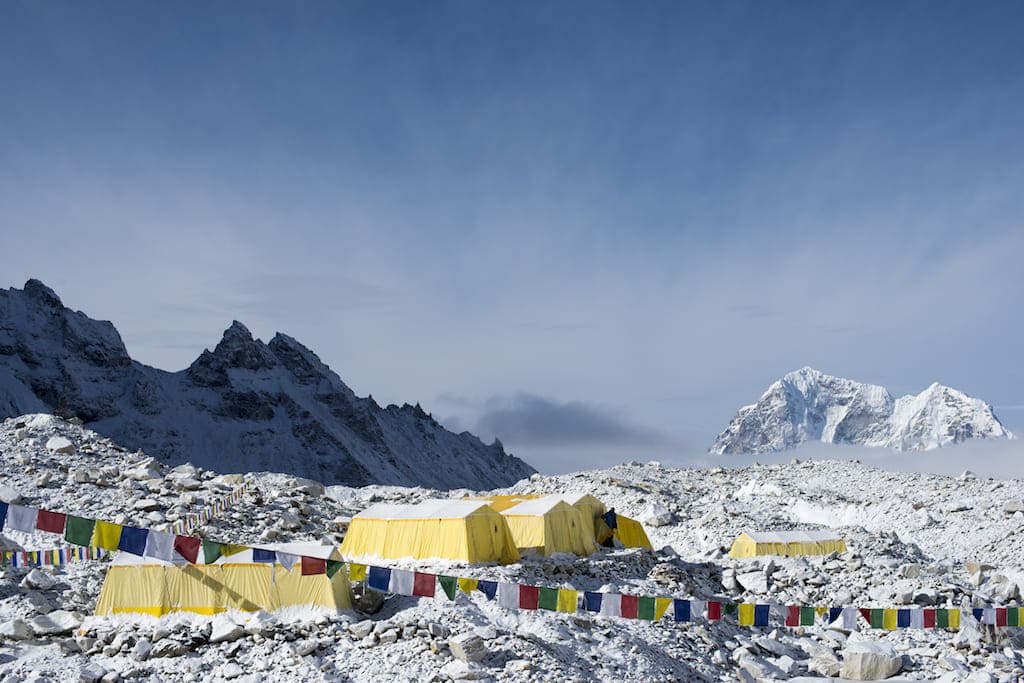
So, as we just said, "where you are in Nepal" matters when considering what to wear in Nepal.
This is because Nepal has such a variation of temperatures, which are by and large determined by altitude.
Nepal goes from sea level to the highest point in the world so temperatures go from sub-tropical to polar. In other words, the higher you are in Nepal the colder it gets. Around 6 C cooler for every 1000m of altitude gain.
For more see: Nepal Climate Information
Down here in Chitwan it can get very hot

What to wear in Nepal on trek
On a trek in Nepal what you'll need is a "be prepared for all weathers" approach, particularly if you're undertaking a high altitude trek.
It is of course impossible to predict the weather and you should always be prepared for unseasonal weather conditions including storms, rainfall and snow. Climate change is real and affects Nepal too and weather patterns are changing as a result, making it even more difficult to predict the weather you may encounter.
Mountains are notorious for creating their own weather conditions, and needless to say the Himalaya being the highest on the planet are no exception. Unpredictable and unseasonal weather too should be anticipated. Even in the main trekking season violent thunder storms can appear suddenly anywhere in Nepal and then sometimes be be gone before you know it, sometimes not. Weather can sometimes be more localised in the huge valley systems of the Himalaya.
If you didn’t need to use the warm or water proof clothing….great, but it’s better you had it with you, just in case you did need it.
Here at over 5000m it's always going to be very cold
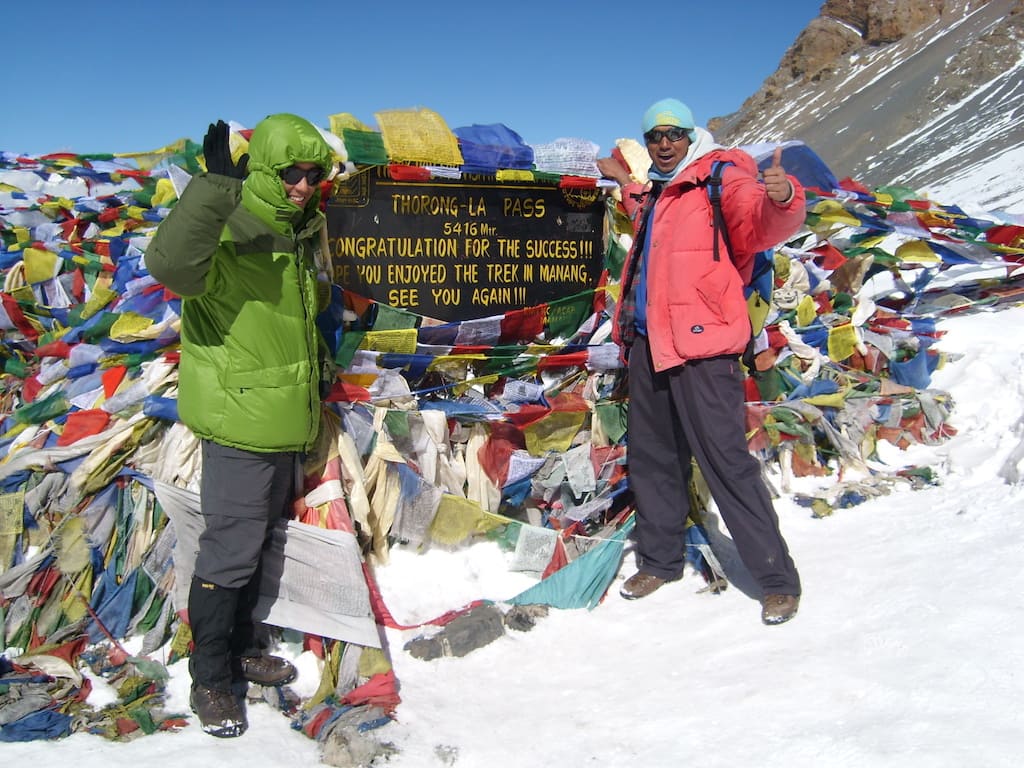
What you're certainly going to need to wear in Nepal if you're going trekking is a good pair of hiking boots.
Who knows how many footsteps you’ll be taking on trek, perhaps thousands, even hundreds of thousands. A slight niggle with your hiking boots becomes amplified this many times on trek and so that slight niggle may just get worse and worse. In the worst case scenario, not being able to walk is the end of your trek. The indignity of being strapped onto a Yak for several days (and riding a Yak is seriously uncomfortable) as well as possibly passing trekkers going “tut, tut, should have bought the right boots” may just be too much to bear. Unless you’re travelling solo, you have quite probably ruined your partners/friends holiday too.
Good quality hiking boots are essential wear in Nepal on trek
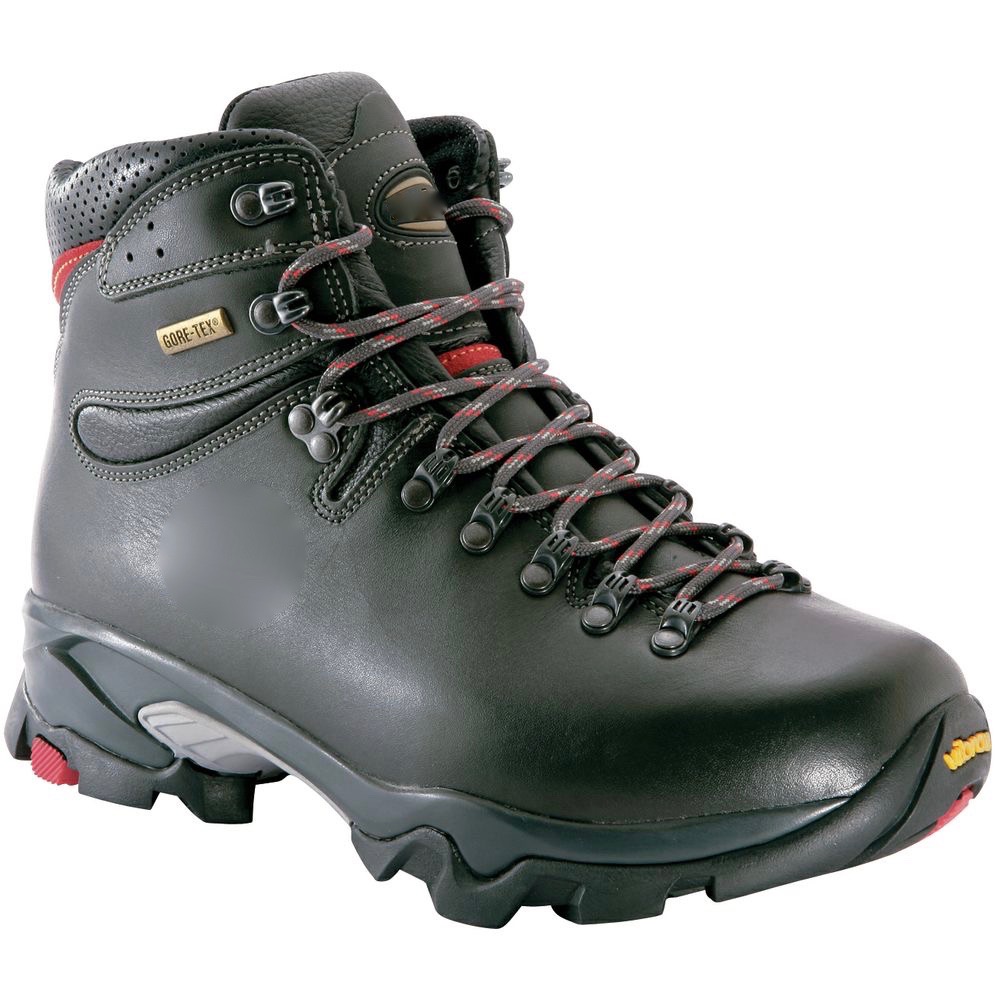
So, having suitable hiking boots is essential.
If you're not sure about how to go about buying hiking boots, our CHOOSING HIKING BOOTS guide should help.
When it comes to clothing as part of your what to wear on trek considerations we tend to advise the "layering" principle with the outermost layer affording total protection according to what the weather is at that moment in time.
In its simplest form layering is just putting on more layers of clothing when it’s cold and removing them when it’s warm. Into the mix we’ll quickly add wind and rain. If it’s windy and/or raining you protect your body accordingly.Good quality waterproofs that are both breathable and windproof too are essential for outer layer protection when needed.
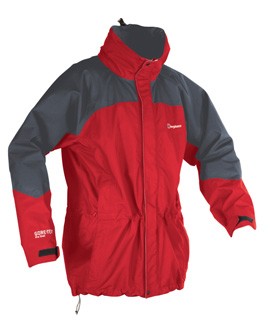
Of course you need more than just a waterproof jacket and hiking boots to go trekking in Nepal.
You need other clothing and "bits and pieces" too. We would always advocate that you avoid trekking with cheap clothing and equipment. The Himalayas is not the place to find out that a cheap item isn't up to the job.
Our CLOTHING AND EQUIPMENT GUIDE provides comprehensive information on what you'll need for a trek in Nepal as well as a handy packing list.
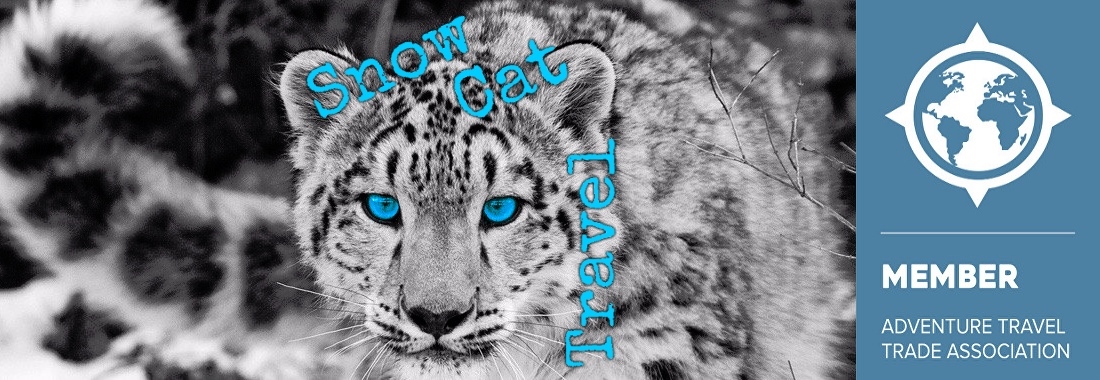

All rights reserved. Snow Cat Travel is a Registered Trade Mark UK 00003289264

